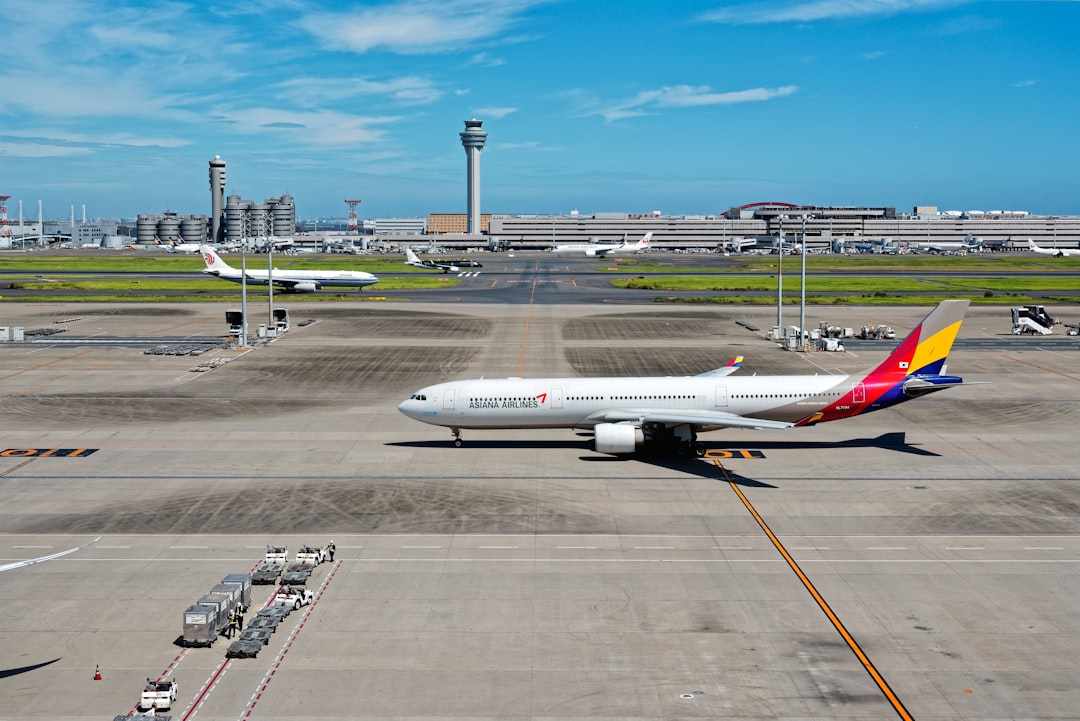Asiana Airlines has announced it will reduce flights to key U.S. destinations, including San Francisco and Seattle, starting in late 2025. These changes follow the airline’s ongoing merger with Korean Air and will affect travelers during the busy fall and winter travel seasons.
From late October 2025, Asiana Airlines will cut its Seoul Incheon to San Francisco route from seven weekly flights to five. The Seattle route will also drop from seven to five weekly flights in September and October 2025. These reductions mean fewer options and less flexibility for passengers, especially those traveling for work, family visits, or study.

The airline’s management, led by Korean Air CEO Walter Cho and President Woo Kee-hong, says these changes are part of a larger plan to combine the two airlines’ networks. They aim to avoid having too many flights on the same routes and to meet rules set by regulators during the merger process. According to analysis by VisaVerge.com, this network adjustment is a common step when two large airlines join forces, as it helps them use their planes and staff more efficiently.
While flights to San Francisco and Seattle are being reduced, Asiana Airlines is actually increasing service on another major route. The Seoul to New York (JFK) route will see a boost to 14 weekly flights—double the previous number—between April and October 2025. This move shows the airline is focusing on routes with higher demand and strategic importance.
The merger between Asiana Airlines and Korean Air was completed in December 2024. The Asiana brand will disappear by the end of 2026, and all flights will eventually operate under the Korean Air name. As part of the merger, Asiana’s membership in the Star Alliance will end, and the airline will join SkyTeam, changing frequent flyer benefits and code-share partnerships for many travelers.
Regulators in Korea and other countries have closely watched the merger. They have set rules to make sure the new, larger airline does not raise prices too much or lower service quality. For example, fare caps are in place for the next ten years on certain routes, and the airlines must keep a certain level of service. Asiana Airlines has also started offering last-minute fare promotions on North American routes, likely to keep planes full and follow fare rules set by regulators.
For travelers, these changes bring both challenges and opportunities. With fewer flights to San Francisco and Seattle, passengers may face higher prices and less choice, especially during holidays or busy travel periods. However, the current fare promotions could help offset some of these price increases in the short term. Passengers who rely on frequent flyer programs should also prepare for changes as Asiana moves from Star Alliance to SkyTeam.
Tip
If your flight is canceled or rescheduled because of these changes, Asiana Airlines offers options to rebook on another flight or request a refund. According to the airline’s official website, fees for changes are usually USD 30 or 3,000 miles, but higher fees may apply for no-shows. For help, travelers should visit the Asiana Airlines official website or contact customer service. It’s important to check your flight status and booking details regularly, as more changes could happen as the merger continues.
Aviation experts say these flight reductions are a normal part of airline mergers. By cutting overlapping routes, the new airline can focus on the most profitable and important destinations. This helps keep costs down and improves service on key routes, like the expanded New York (JFK) flights. However, some consumer groups worry that less competition could mean higher prices in the future, even with fare caps in place.
Looking ahead, more changes to U.S. routes are possible as the merger moves forward. The full transition from Asiana Airlines to Korean Air, including the switch from Star Alliance to SkyTeam, is expected by the end of 2026. Travelers should stay informed about updates to flight schedules, loyalty programs, and fare rules.
For those affected by these changes, here are some practical steps:
Reminder
- Check your flight status often on the Asiana Airlines website or app.
- Contact customer service if your flight is changed or canceled to discuss rebooking or refunds.
- Review fare promotions to find the best deals on remaining flights.
- Monitor loyalty program updates as the airline transitions to SkyTeam.
- Plan ahead for peak travel periods, as reduced flights may fill up quickly.
For official information on travel to and from the United States, including visa requirements and entry policies, visit the U.S. Department of State’s travel page.
In summary, Asiana Airlines’ reduction of flights to San Francisco and Seattle reflects a larger shift in the airline industry as companies merge and adjust their networks. While these changes may cause inconvenience for some travelers, they are part of a broader effort to create a stronger, more efficient airline. Staying informed and acting early can help passengers manage these changes and make the most of available options.
Learn Today
Asiana Airlines → A South Korean airline merging with Korean Air, adjusting routes and alliances through 2026.
Seoul Incheon → The main international airport serving Seoul, South Korea, key hub for Asiana flights.
Star Alliance → A global airline network which Asiana Airlines is leaving to join SkyTeam after merger.
SkyTeam → A major airline alliance Asiana Airlines will join post-merger, changing code-shares and loyalty benefits.
Code-share partnership → An agreement where airlines share flights, enabling travelers to book through multiple carriers.
This Article in a Nutshell
Asiana Airlines reduces flights to San Francisco and Seattle from late 2025, following its merger with Korean Air. While cutting some routes, it doubles Seoul-New York JFK flights, focusing on demand. Passengers face fewer choices but can use promotions and prepare for loyalty program changes during this transition.
— By VisaVerge.com










